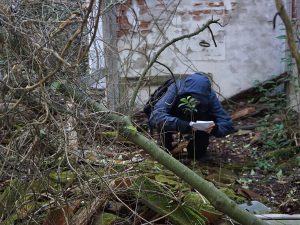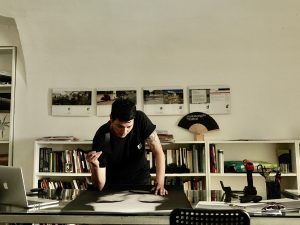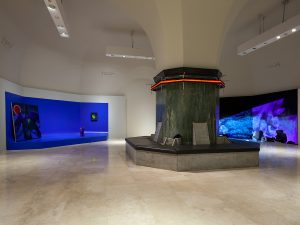Bellonzi’s era came to an end in the 1980s. The new general secretary was the art critic Giuseppe Gatt, while the chairman was Giuseppe Rossini, then the director of the television channel Rai Tre. The 11th Quadriennale (1986), as well as featuring a historic section covering the period from 1950–80, comprised six thematic sections that documented the various developmental and cultural situations in the mid-1980s. In the early 1990s, the institution organized a number of important historic exhibitions, such as ‘Secessione Romana 1913–1916’ and the fundamental retrospective on Prampolini (1992). For contemporary art, the 12th Quadriennale was held in three stages on the theme “Italy 1950–1999″. Of these, only the first one actually took place: ‘Profili’ (1992), a historical and critical exhibition featuring the work of thirty-three artists, which documented the directions taken by the most original and incisive expressions of Italian art over the last forty years. The impasse experienced by the institution over the next three years led to a change in management. The art historian Lorenza Trucchi became the new chairwoman, while Floriano De Santi was appointed general secretary and Barbara Paccagnella became the general manager. Under Trucchi, the Board of Directors launched ‘Ultime Generazioni’ (1996). The exhibition succeeded in tapping into the dynamism of new recruits in the field that gravitated around Milan and Bologna, without overlooking the scenario in Rome, home to members of the school of San Lorenzo and other young artists. The 1990s concluded with the historic show ‘Valori Plastici’ (1998) and the 13th Quadriennale ‘Proiezioni 2000’ (1999). At the same time, a book was published on Oppo and work began on organizing the Quadriennale’s Historical Archive.





